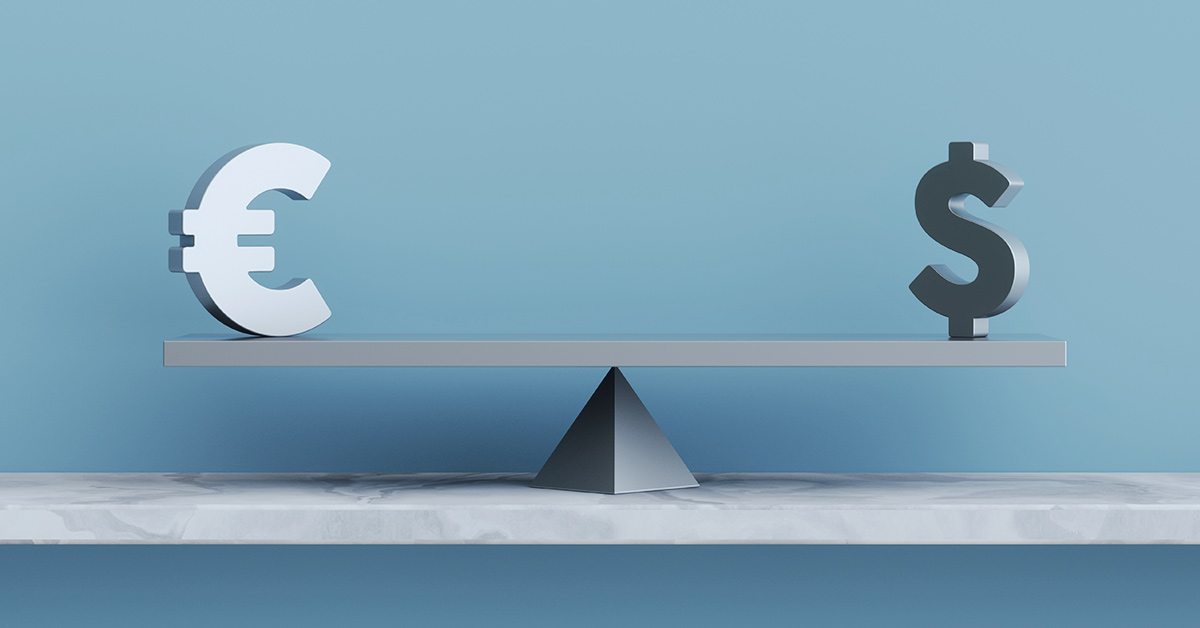Leverage is one of the most powerful tools available to forex traders, allowing them to control large positions with a relatively small amount of capital. By using leverage, traders can amplify their potential profits, but they also expose themselves to greater risks. This makes leverage a double-edged sword – a tool that can either accelerate success or lead to significant losses if not used wisely.
Understanding how leverage works, its benefits, risks, and best practices is essential for any trader, whether beginner or experienced. This article will break down the mechanics of leverage, how it affects trading, regulatory considerations, and risk management strategies for responsible leverage usage.
Understanding Leverage in Forex Trading
What is Leverage?
Leverage in forex trading allows traders to borrow capital from their broker to open larger positions than their account balance would typically allow. It is expressed as a ratio, such as 50:1, 100:1, or even 500:1, which means that for every $1 a trader invests, they can control $50, $100, or $500 worth of currency, respectively. For example, if a trader has a $1,000 account and uses 100:1 leverage, they can control a position worth $100,000.
How Leverage Works
Leverage is directly tied to margin, which is the amount of money required to open a leveraged position. For instance, with 100:1 leverage, a trader needs only 1% of the trade value in the margin. This means that for a $100,000 trade, the trader needs to deposit just $1,000 in margin to open the position.
Leverage Ratio 50:1 → Margin Requirement = 2%
Leverage Ratio 100:1 → Margin Requirement = 1%
Leverage Ratio 500:1 → Margin Requirement = 0.2%
Brokers set these requirements to ensure that traders have enough funds to cover potential losses.
Opportunities Presented by Leverage
- Increased Market Exposure
Leverage allows traders to control larger positions with less capital, giving them access to higher potential profits. For example, a trader with $2,000 using 100:1 leverage can trade positions worth $200,000.
- Maximizing Profits from Small Price Movements
Forex markets experience small price fluctuations, typically measured in pips. By using leverage, traders can capitalize on small price changes and generate significant returns.
Example:
Currency Pair: EUR/USD
Trade Size: 1 Standard Lot (100,000 units)
Leverage Used: 100:1
Pip Movement: 50 pips
Pip Value: $10 per pip
Profit = 50 × 10 = $500
Without leverage, a trader would need $100,000 to control this trade. With 100:1 leverage, only $1,000 in margin is required.
- Capital Efficiency and Diversification
With leverage, traders do not need to tie up large amounts of capital in a single trade. They can diversify their portfolio by opening multiple positions across different currency pairs while still maintaining margin requirements.
Risks Associated with Leverage
- Amplified Losses
Just as leverage magnifies profits, it also magnifies losses. If a leveraged trade moves against the trader, the losses are calculated based on the total trade size, not just the margin amount.
Example:
Trade Size: $100,000 (1 Standard Lot)
Leverage: 100:1
Pip Movement: -50 pips (loss)
Loss Per Pip: $10
Total Loss: $500
For a trader with a $2,000 account, this represents a 25% loss on a single trade.
- Margin Calls and Liquidation
If a trade moves against the trader and the account balance drops below the required margin level, the broker may issue a margin call, requiring the trader to add more funds to maintain the position. If the trader fails to do so, the broker may automatically close the trade to prevent further losses.
- Market Volatility Risks
During high volatility, spreads can widen, and prices can move unpredictably, causing unexpected losses for highly leveraged traders. Major news events, such as interest rate decisions, inflation reports, and geopolitical conflicts, can trigger significant market swings.
Regulatory Environment and Leverage Limits
- Global Leverage Regulations
To protect traders from excessive risk, regulatory bodies have imposed leverage limits:
United States (CFTC & NFA): Maximum 50:1 for major currency pairs, 20:1 for minors and exotics.
Europe (ESMA): Maximum 30:1 for majors, 20:1 for minors, 10:1 for commodities.
Australia (ASIC): Similar restrictions with 30:1 caps for retail traders.
Japan (FSA): Strict 25:1 leverage limit to reduce risk.
- Impact of 2024-2025 Market Conditions on Leverage
Recent developments, such as global inflation concerns, central bank policies, and cryptocurrency adoption, have increased market volatility. As a result, many brokers are adjusting leverage offerings to reflect changing risk levels. Traders should stay informed about broker updates and regulatory changes.
Best Practices for Managing Leverage
- Use Leverage Responsibly
Avoid maxing out available leverage. Conservative traders use 10:1 or 20:1 leverage instead of higher ratios to reduce risk exposure.
- Implement Strict Risk Management
Use Stop-Loss Orders: Automatically limit potential losses.
Set a Maximum Risk per Trade: Risking 1-2% of account balance per trade prevents large drawdowns.
Monitor Margin Levels: Ensure account balance remains above required margin to avoid margin calls.
- Trade During High Liquidity Sessions
Trading during London and New York session overlaps ensures tighter spreads, reducing entry and exit costs for leveraged trades.
- Stay Updated with Economic Events
Use economic calendars to anticipate major news releases and avoid high-volatility trading periods that could lead to slippage on leveraged trades.
- Choose a Broker with Transparent Leverage Policies
Some brokers offer extreme leverage (e.g., 1,000:1), but such levels carry significant risks. Select regulated brokers that provide reasonable leverage with risk management tools.
Conclusion
Leverage is a powerful tool in forex trading that enhances market exposure and profit potential. However, it also increases risk, making responsible use essential. By understanding how leverage works, staying informed about regulatory changes, and implementing effective risk management strategies, traders can maximize their opportunities while protecting their capital. Traders should approach leverage with discipline, a well-planned strategy, and continuous education. With the right approach, leverage can be an asset rather than a liability in forex trading.


